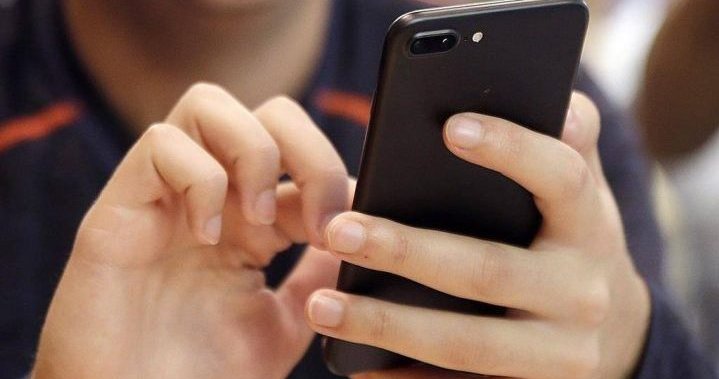Reality check: Will CRTC’s new tech to fight spam calls actually work? – National | Globalnews.ca
Canada has implemented new technology to help fight spam calls — but will it actually work?
The Canadian Radio-television and Telecommunications Commission (CRTC) said Tuesday that telecommunications service providers will now be required to use the new technology, called STIR/SHAKEN, to flag spam calls.
STIR/SHAKEN labels whether a call made over the internet, also known as a Voice over Internet Protocol (VoIP) call, is from a trusted source.
Read more:
New technology will help fight spam calls, CRTC says
VoIP calls are known to trick caller ID into showing the caller as legitimate, such as from a government agency. This is known as caller ID spoofing.
Now, users should receive some indication when receiving a call as to whether it is fraudulent or not. How that information is communicated may vary between service providers, CRTC said.
“This new caller ID technology will empower Canadians to determine which calls are legitimate and worth answering, and which need to be treated with caution,” CRTC CEO Ian Scott said in a statement.
“As more providers upgrade their networks, STIR/SHAKEN will undoubtedly reduce spoofing and help Canadians regain peace of mind when answering phone calls.”
The technology was originally meant to be implemented in 2019 but has been delayed until now.

While many Canadians likely have received a spam call themselves, they can actually be dangerous to some, according to Shruti Shekar, senior reporter at tech website Android Central.
“These automated phone calls make threats to individuals,” Shekar said.
For example, the caller may say they are from the CRA and that the individual owes money.
Shekar said victims often are new immigrants to Canada who are unaware the calls are not real and don’t want their hard work making it into the country to be ruined, so they pay up.
“A lot of people get really scared.”
STIR/SHAKEN works by digitally validating the handoff between the VoIP calls and a “web of networks,” CRTC said.
“This allows the phone company of the consumer receiving the call to verify that a call is from a legitimate source … The called party can then make an informed decision as to whether to respond to an unverified call.”
Read more:
Scam calls on the rise across Canada: anti-fraud centre
The technology won’t work with all calls, though.
CRTC notes that some calls will not be verifiable due to one’s device and network compatibility, as well as calls that are not made entirely over the internet.
David Reevely, Ottawa correspondent for business website The Logic, said that STIR/SHAKEN also won’t work with older telephone networks, such as ones that use copper wires instead of fiber optics.
While Canada’s big telecoms have been on board with implementing the technology, according to Reevely, since they are often targets of spammers trying to get their customers’ personal information, there is the chance they could be a little too on board.

John Lawford, the executive director of the Public Interest Advocacy Centre, a consumer advocacy group, said there is a chance phone carriers may start charging users for the service, given that CRTC didn’t say that is not allowed.
“Some consumers might see this offered in the coming months with a $1 or $2 per month charge, maybe more,” he said.
“There’s nothing stopping them from doing that.”
Lawford said the technology should help in reducing the volume of calls people interact with, but it won’t stop the calls from being made altogether or the elderly or immigrants from taking the calls mistakenly.
“All it takes is one call to get through and that person to start listening to a fraudster’s pitch,” he said.
“This isn’t the whole solution.”
— with files from Anne Gaviola
© 2021 Global News, a division of Corus Entertainment Inc.
For all the latest Technology News Click Here




